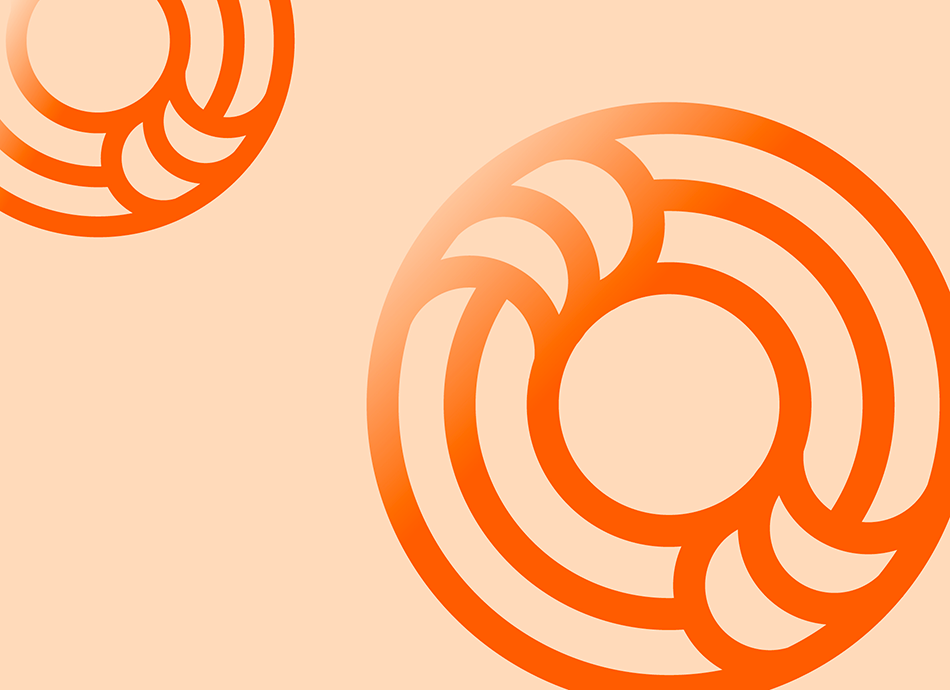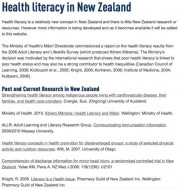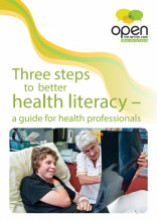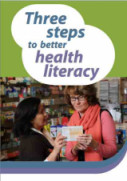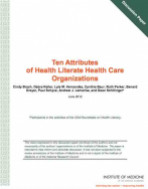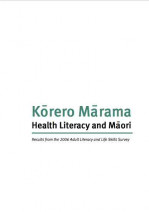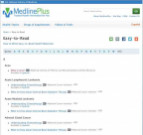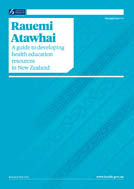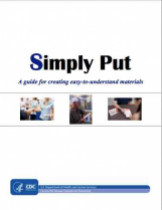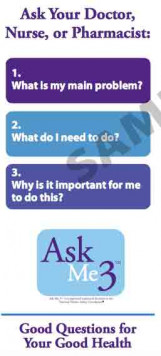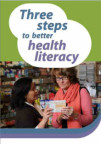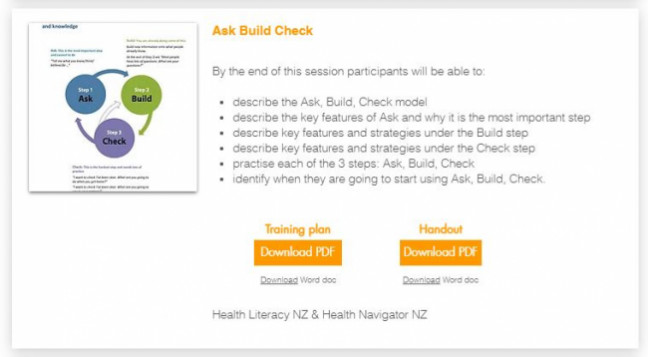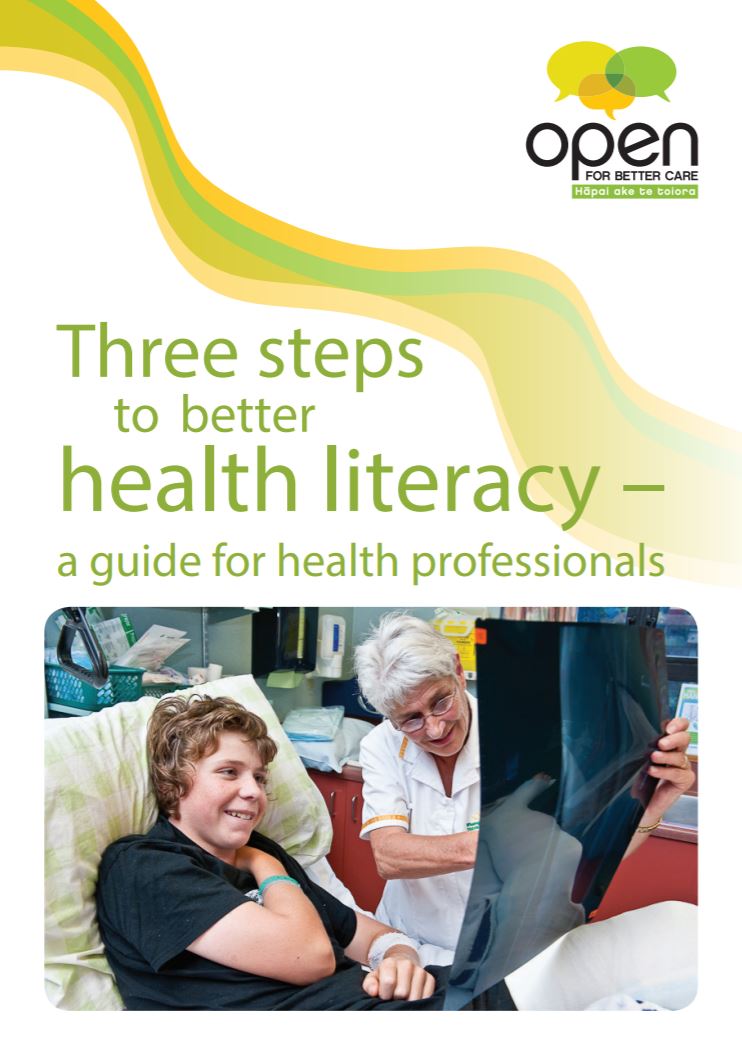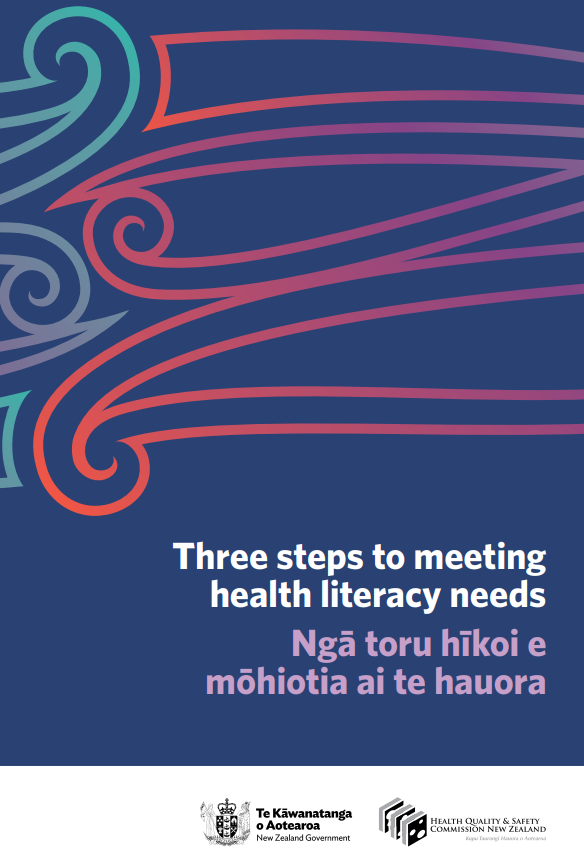Health literacy is about knowing how to:
- find your way around the many different parts of the health system
- understand your health condition(s), including what makes it better or worse
- use your medicines safely
- give informed consent to medical procedures
- prevent illness and your health getting worse
- manage long-term health conditions well.
The health literacy you need changes over time as your health changes and health services change.
Historically, the language used to describe the difference between the health knowledge people had and the knowledge they needed implied the problem was with the consumer. People were described as having ‘low health literacy’. This consumer-deficit view of health literacy is unfair as it ignores the role of the health system in creating health literacy demands and how these impact on people’s health literacy.
We now recognise that high literacy demands are created by the way health conditions are explained, managed and resourced by the health system, health services and providers.
The provision of adequate health care includes providing people with the information they need, in a way that works for them, so they can make informed decisions and manage their health. This role is described as meeting health literacy needs. This is reflected in the Ministry of Health’s Framework for health literacy(external link) published in 2015.


